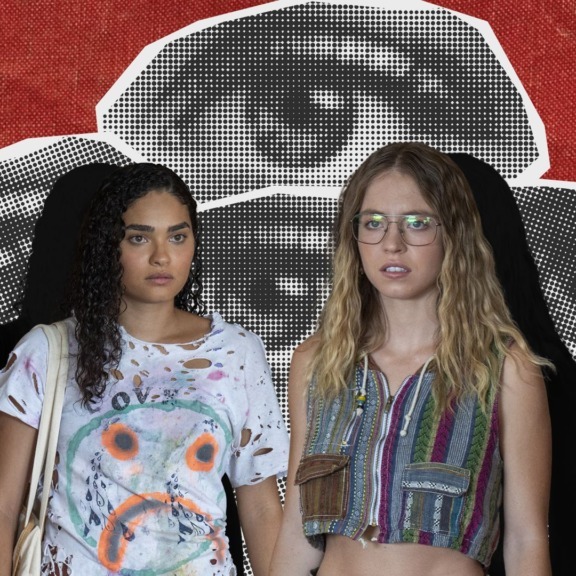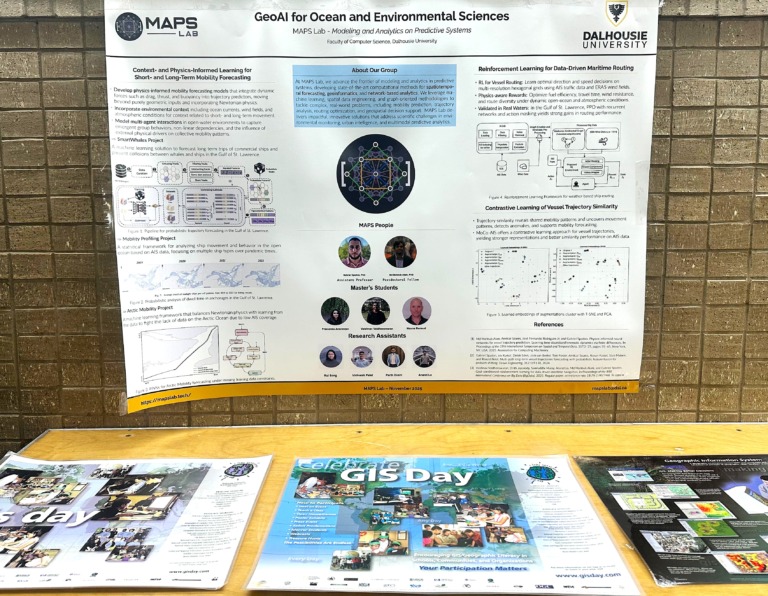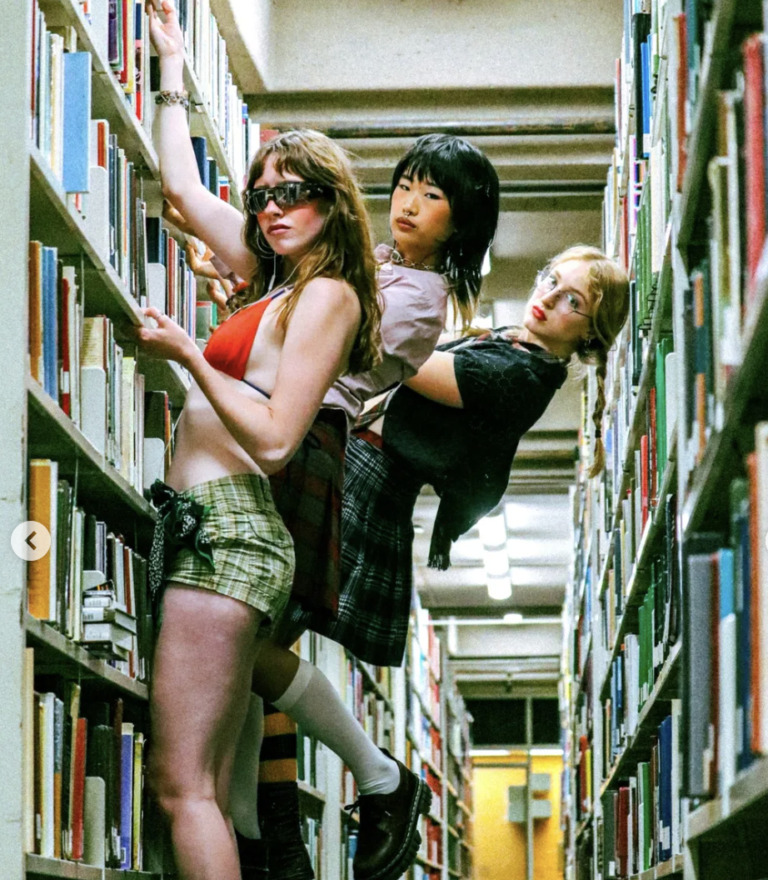
Gen Z is taking an extra second to think through social interactions, according to experts and Dalhousie University students — a pause that’s giving rise to a generation-defining feature — the Gen Z stare.
Anne Wilson, a psychology professor at Wilfred Laurier University, says the Gen Z stare is a “blank stare that happens in customer service settings where you expect a natural reaction to whatever was said, and that doesn’t happen.”
Wilson says differences in generational values, increased social media use and the COVID-19 pandemic may be responsible for the new phenomenon.
“Gen Z places a pretty high-level of importance on personal authenticity and doing meaningful things,” says Wilson. “It could be that older generations are putting too much value on stuff like artificial face-to-face [conversations], pretending to be nice or liking the interaction.”
Practicing the Gen Z stare
Aurora Beith, a first-year science student at Dal, works as a cashier and at a restaurant.
“I’ve definitely done it,” she says. “I’ve seen a lot on TikTok about it. People go to the grocery store, and they’ll say something and get the Gen Z stare. But usually it’s from them saying something really moronic.”
Emily Campbello, a first-year science student at Dal, says technology gives her generation an extra moment to think in social situations.
“Now you don’t have to instantly answer people, you can wait a second,” she says. “I think maybe that’s a part of it. Your brain just doesn’t know what to say next.
“Someone says something that’s so appalling to you that you just have to take a second and look at them like, ‘Did you actually just say that?’”
Wilson agrees.
“This generation got used to taking a little more time before they decided what they were going to say. An immediate response isn’t expected over social media or a messaging app. They are unused to being put on the spot, so they take more time to process.”
Jelena Ristic is a psychology professor at McGill University who specializes in social attention and eye tracking. She says the Gen Z stare is nothing more than a non-verbal communication cue.
“It’s like an emoji.”
Ristic says the Gen Z stare is like any other expression; it’s meant to convey a message easier and faster than verbalizing.
“This is much more instantaneous. You don’t have to say anything.”
Is COVID-19 responsible?
Wilson says COVID-19 had a lasting impact on Gen Z’s social skills because they “Spent several years — especially key developmental years — interacting with people mostly online, often with their screens turned off, listening in a one-sided way.”
Dalhousie student Evelyn Swanson-Snook agrees with Wilson. She says the drawn-out isolation made social interaction “more uncomfortable.”
“I find social skills to be difficult,” Swanson-Snook says. “Having grown up digitally, I feel so much more comfortable messaging someone rather than talking face-to-face.






